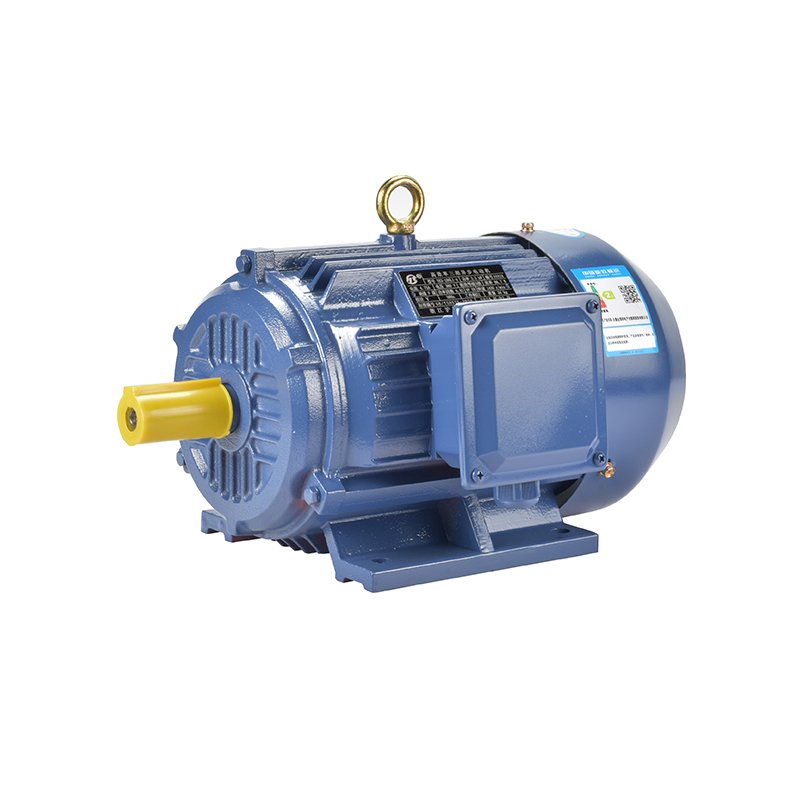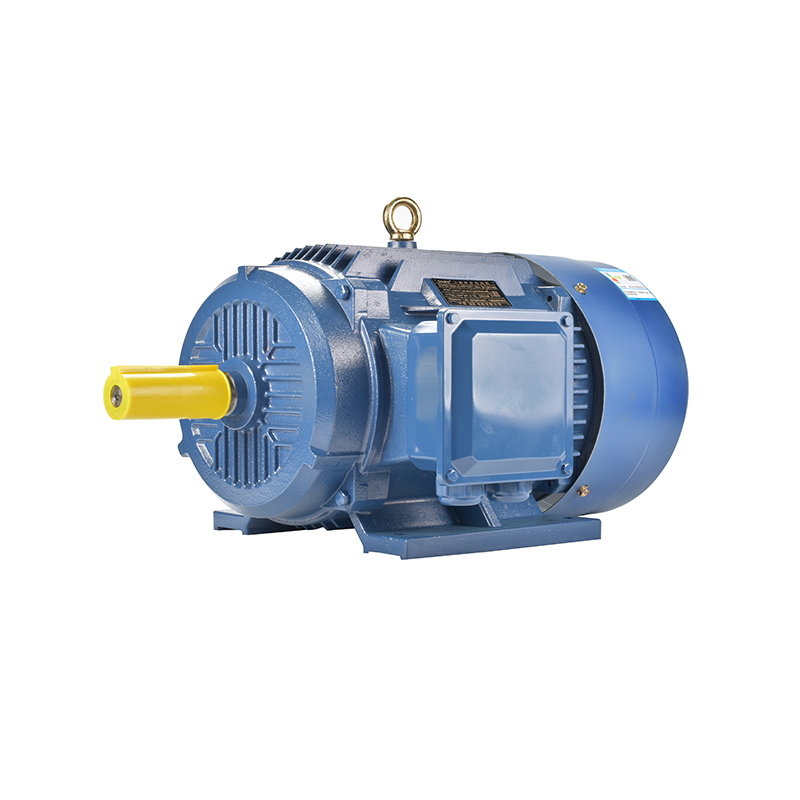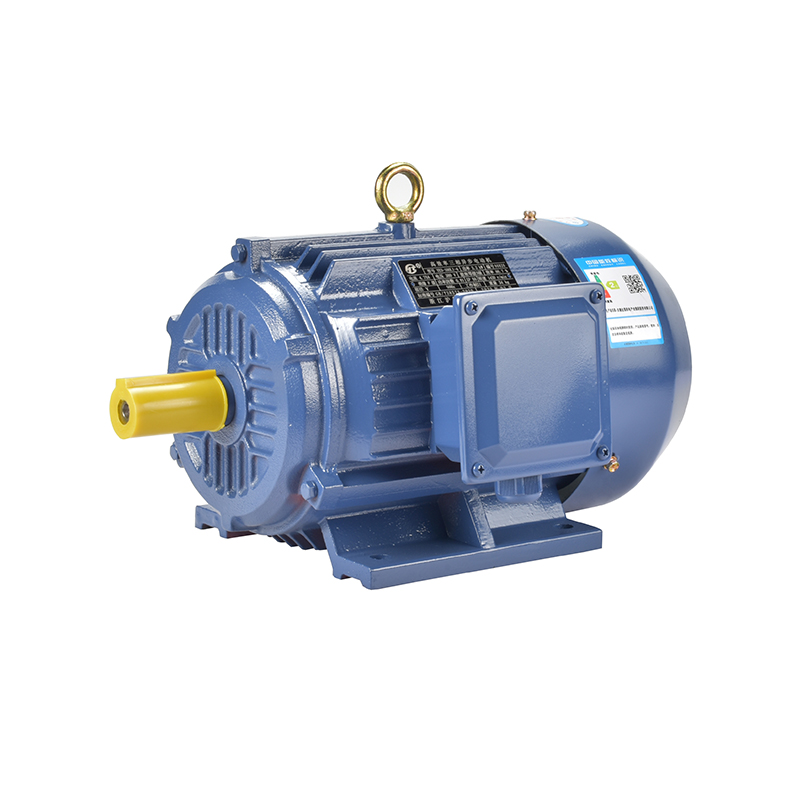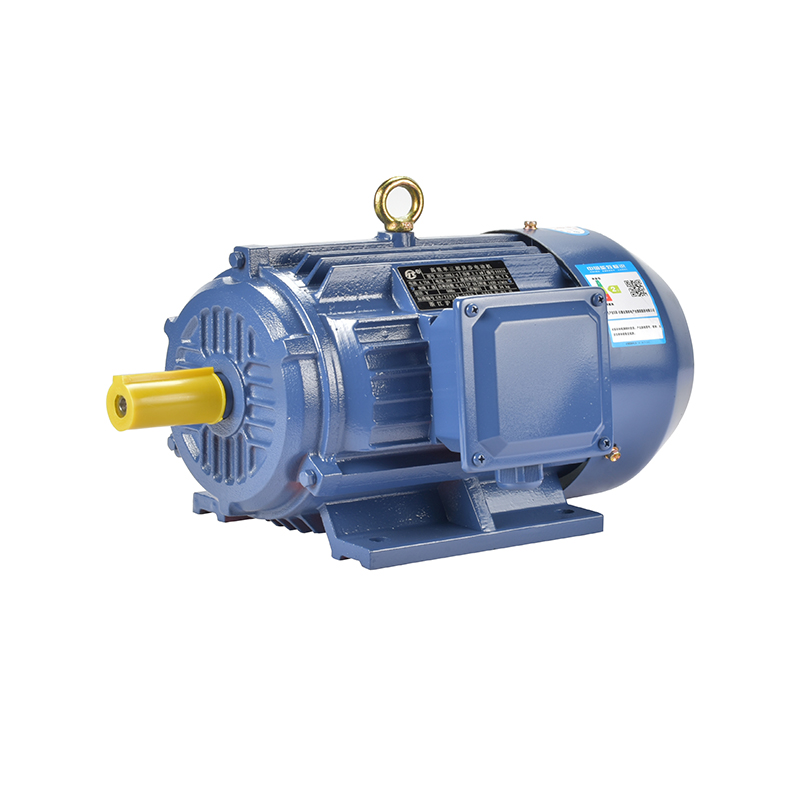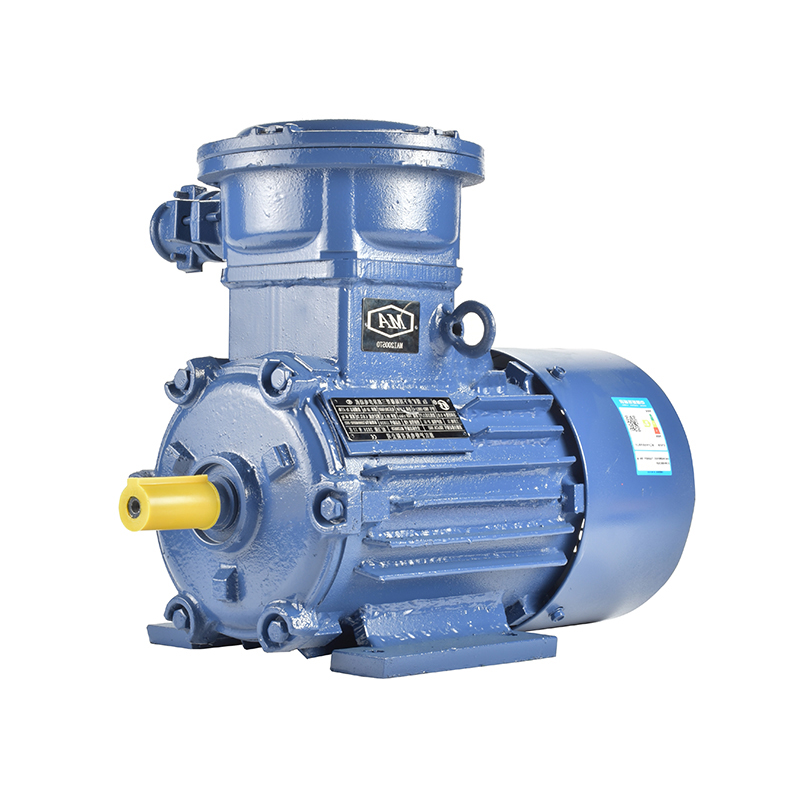How Production Consistency Affects Motor Performance
Whether manufacturing a synchronous motor 3 phase, a single single phase motor, or a permanent magnet brushless DC motor, the precision and repeatability of production steps significantly influence how well a motor operates in its intended application.

Electric motors are complex assemblies of various components—rotors, stators, windings, bearings, housings, and electrical connections—that must work together harmoniously. Even minor deviations in the production process can result in variations in motor characteristics such as torque, speed, noise levels, and efficiency. Consistency in manufacturing is therefore essential not only to meet technical specifications but also to provide end users with dependable products.
Starting with synchronous motors, particularly the three-phase variety, production consistency is crucial. These motors rely on the precise synchronization between the rotor’s magnetic field and the rotating magnetic field generated by the stator windings. If the stator windings are not accurately placed or if there are inconsistencies in the insulation or winding resistance, the motor’s ability to maintain synchronous speed under load can be compromised. Variations in lamination stacking or rotor manufacturing can also affect magnetic flux distribution, which directly influences torque ripple and efficiency. Therefore, a consistent winding process, careful insulation, and precise assembly are vital to maintaining the expected performance of synchronous motor 3 phase models.
On the other hand, single phase motors, which are widely used in smaller household appliances and light industrial equipment, face their own production challenges. Since single phase motors generally rely on auxiliary windings or capacitors to create a rotating magnetic field, any inconsistency in winding placement or capacitor assembly can affect starting torque and operational stability. Production variability can advance to motors that start sluggishly, run noisily, or have uneven torque output. Maintaining a stable process to control winding tension, wire placement, and component testing helps reduce these performance issues. In applications where single phase motors operate continuously, even small production inconsistencies can cause early wear or inefficiencies that shorten the motor’s lifespan.
Permanent magnet brushless DC motors represent a different set of manufacturing complexities. Their performance hinges on the quality and placement of permanent magnets on the rotor and the precision of the stator windings. Brushless DC motors eliminate the mechanical commutator and brushes, which reduces maintenance but increases reliance on accurate electronic control and precise manufacturing. If the magnets are not aligned consistently or if magnet strength varies between batches, the motor can experience imbalance, increased vibration, or reduced torque output. Similarly, inconsistent winding insulation or coil arrangement can affect electromagnetic interaction, reducing overall efficiency and increasing heat generation. To achieve the reliable performance expected from permanent magnet brushless DC motors, the production line must tightly control magnet sourcing, assembly tolerances, and electrical testing procedures.
Beyond the specific motor types, several key factors in production consistency influence motor performance universally. Material quality control is a primary concern. Using magnetic steel laminations with consistent thickness and composition ensures uniform magnetic properties across motor batches. Variations in lamination can cause losses or uneven flux paths, reducing motor efficiency and increasing noise. Similarly, copper wire quality and coating affect winding resistance and insulation reliability, which in turn impact heat dissipation and motor lifespan.
Process automation also plays a significant role. Automated winding machines and robotic assembly lines can improve repeatability and reduce human error, pilot to tighter tolerances and fewer defects. However, even automated systems require regular calibration and maintenance to prevent drift or wear that could introduce inconsistencies. Furthermore, thorough testing protocols—such as impedance measurement, insulation resistance testing, vibration analysis, and thermal imaging—help identify inconsistencies early, allowing for corrective actions before motors leave the factory.
Another important aspect is documentation and standard operating procedures. Consistent training and adherence to process guidelines help maintain quality across different production shifts and personnel changes. Clear quality checkpoints ensure that every motor meets specifications related to performance, noise, and safety.
In practical terms, customers often judge motor quality based on reliability in service. Motors with production inconsistencies may show early failures, noise issues, or unexpected drops in performance under load. Such problems increase downtime and maintenance costs, reducing overall satisfaction. On the other hand, motors produced with consistent quality control are more predictable and provide steady performance throughout their service life.
In conclusion, production consistency is a cornerstone in delivering reliable motor performance, whether for synchronous motor 3 phase applications, single phase motor uses, or permanent magnet brushless DC motors. Attention to detail in manufacturing processes—covering materials, winding, assembly, and testing—helps ensure that motors meet their design specifications and perform as intended. For manufacturers, investing in process stability is not only a way to uphold quality but also a means to build trust with customers relying on these motors in critical applications.
-
Feedback



 English
English русский
русский Español
Español عربى
عربى

